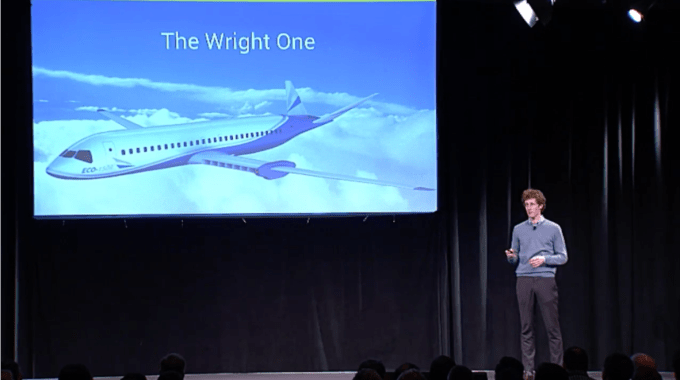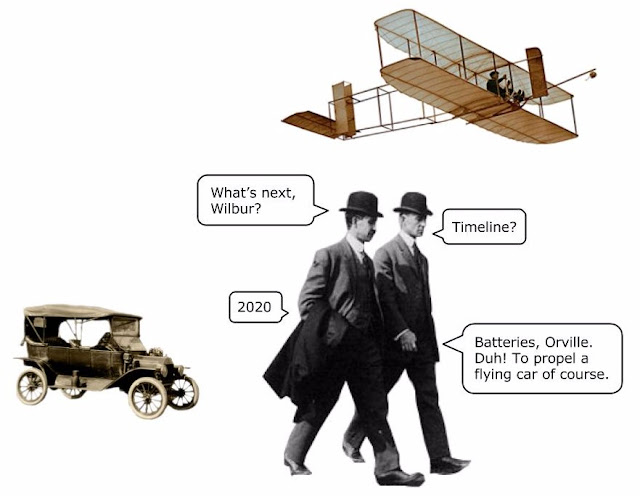If aviation authorities will allow parcel delivery drones (U.S. will probably be first), why not beef-up the rotors and airlift passengers? Electric rotor technology is constantly evolving, so are lightweighting and battery technology. If we expect cars to ‘2D-maneuver’ autonomously through dense city traffic... then it should be less of a problem to have rotor-equipped vehicles auto-pilot themselves through the air, where there’s lots of 3D space to maneuver. Expect authorities to designate air corridors (running parallel to freeways?).
First of all, navigating through a 3D space is more complicated than navigating through a 2D space, not easier. Second, cars can stop very quickly to allow other cars to cross their path. Aircraft, even those that can hover, cannot stop nearly as quickly because they don't have the ground to push against. Third, if you have designated airports, then people have to drive to them, losing the convenience: You drive to the airport, wait for an air taxi, fly to another airport, then drive to your location. What people want is to be able to fly from origin to destination, but then you have hundreds of thousands of aircraft ascending and descending through multiple layers of air corridors.
The practical issues are far from trivial and will take many years to iron out, after the technology becomes available, and we still don't have the technology to put this within reach of the ordinary citizen.





